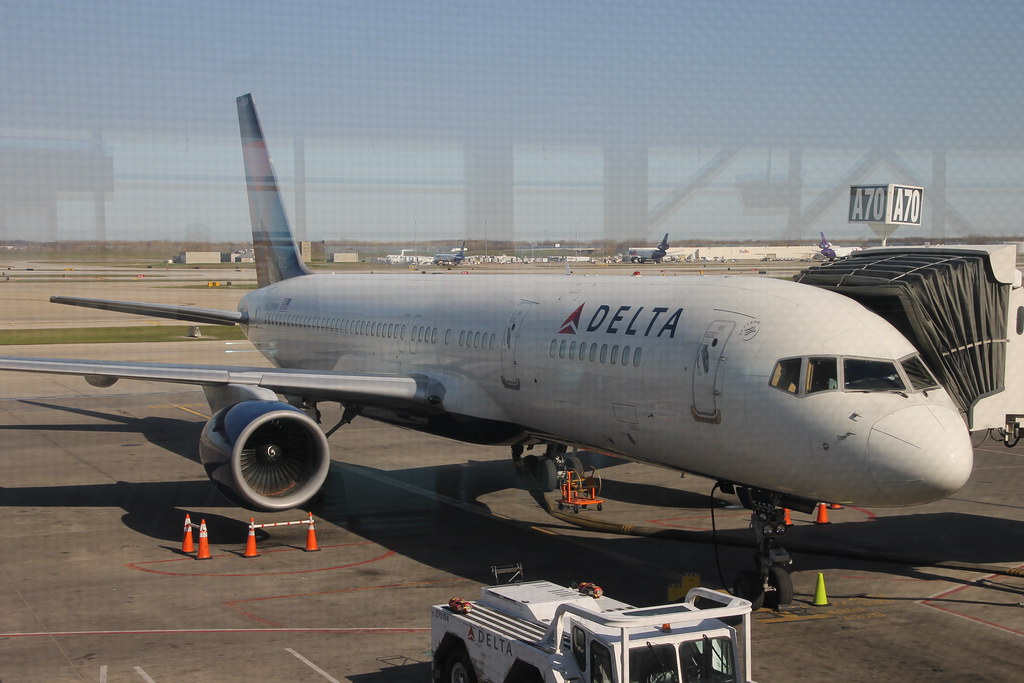Turbulence is a common experience for air travelers, but recent incidents involving Delta Airlines have brought this issue into the spotlight. On August 29, 2023, a Delta flight from Milan to Atlanta encountered severe turbulence, leading to injuries among passengers and crew. Despite these incidents, flying remains one of the safest modes of transportation. Understanding turbulence and how to protect yourself can enhance your safety and comfort during flights.
What is Turbulence? Turbulence occurs when an airplane encounters irregular air movements caused by weather patterns, jet streams, or mountain waves. While often unpredictable, turbulence is usually not dangerous to the aircraft itself but can pose risks to unbuckled passengers.
Recent Incidents and Passenger Experiences The recent Delta flight from Milan to Atlanta illustrates the sudden and intense nature of turbulence. As the plane was descending towards Atlanta, it encountered severe turbulence, injuring 11 individuals, including both passengers and crew members. According to passenger reports, the turbulence was so severe that many were thrown from their seats, highlighting the importance of keeping seatbelts fastened at all times during the flight (11Alive.com) (AviationA2Z).
Safety Tips During Turbulence
- Always Wear Your Seatbelt: The single most effective way to protect yourself during turbulence is to keep your seatbelt fastened whenever you are seated. Turbulence can occur without warning, so even when the seatbelt sign is off, it’s wise to stay buckled.
- Follow Crew Instructions: Flight attendants are trained to handle turbulence and will provide instructions on how to stay safe. Listen carefully to their announcements and follow any directives given during the flight.
- Secure Loose Items: Ensure that all personal items are securely stowed. Loose items can become projectiles during turbulence, causing injury to you or others.
- Avoid Moving Around: If turbulence is expected or ongoing, try to avoid moving around the cabin. If you must get up, use the seatbacks for support.

Expert Insights and Airline Responses Delta Airlines has emphasized its commitment to passenger safety, with care teams ready to assist those affected by turbulence. Aviation experts also point out that while turbulence can be frightening, it rarely poses a serious threat to the aircraft. The most significant danger is to passengers who are not properly secured (AviationA2Z) (SamChui.com).
Conclusion While turbulence is an unavoidable aspect of air travel, understanding its nature and taking proper precautions can help ensure your safety. Delta Airlines, along with other carriers, continues to prioritize passenger well-being, responding swiftly to incidents and ensuring that passengers are well-informed and protected. Next time you fly, remember these safety tips to help navigate turbulence with confidence.
FAQ on Delta Airlines Flight Turbulence
1. What causes turbulence on Delta Airlines flights?
Turbulence is caused by various atmospheric conditions, including jet streams, storms, and air pressure differences. It can happen unexpectedly when air currents at different speeds and directions collide. While pilots can often predict turbulence, some, like clear-air turbulence, occur without warning and can be challenging to avoid.
2. Is turbulence dangerous?
Turbulence is generally not dangerous to the aircraft itself, as modern planes are designed to withstand extreme conditions. However, it can be hazardous to passengers who are not wearing seatbelts, as sudden drops or jolts can cause injuries. The recent Delta incident where 11 people were injured highlights the importance of staying buckled up (11Alive.com) (AviationA2Z).
3. How does Delta Airlines respond to turbulence incidents?
Delta Airlines has a well-established protocol for handling turbulence. In the event of an incident, the airline’s Care Team provides immediate assistance to affected passengers and crew. This includes medical attention, rebooking flights, and offering accommodations if necessary. Delta also works closely with the Federal Aviation Administration (FAA) to investigate severe turbulence cases and improve safety measures (AviationA2Z).
4. What should passengers do if they experience turbulence on a flight?
Passengers should immediately fasten their seatbelts and remain seated during turbulence. It’s also advisable to secure any loose items and follow the instructions given by flight attendants. Avoid moving around the cabin unless absolutely necessary, and always use seatbacks or overhead bins for support when walking.
5. Are certain flights more prone to turbulence than others?
Turbulence can occur on any flight, but some routes are more prone to it due to the specific weather patterns they traverse. For example, flights over mountain ranges, near the equator, or through stormy regions may experience more turbulence. However, pilots are trained to navigate around these conditions whenever possible, and airlines like Delta use advanced weather tracking to minimize turbulence encounters (SamChui.com).
6. How does Delta ensure passenger safety during turbulence?
Delta equips its aircraft with advanced weather radar systems to detect and avoid turbulent areas. The airline also continuously trains its pilots and crew to handle turbulence safely. Additionally, Delta follows strict FAA regulations regarding turbulence and passenger safety, ensuring that all necessary precautions are taken to protect those onboard (AviationA2Z).
For more information, passengers can refer to Delta’s official safety guidelines and updates on their website.


